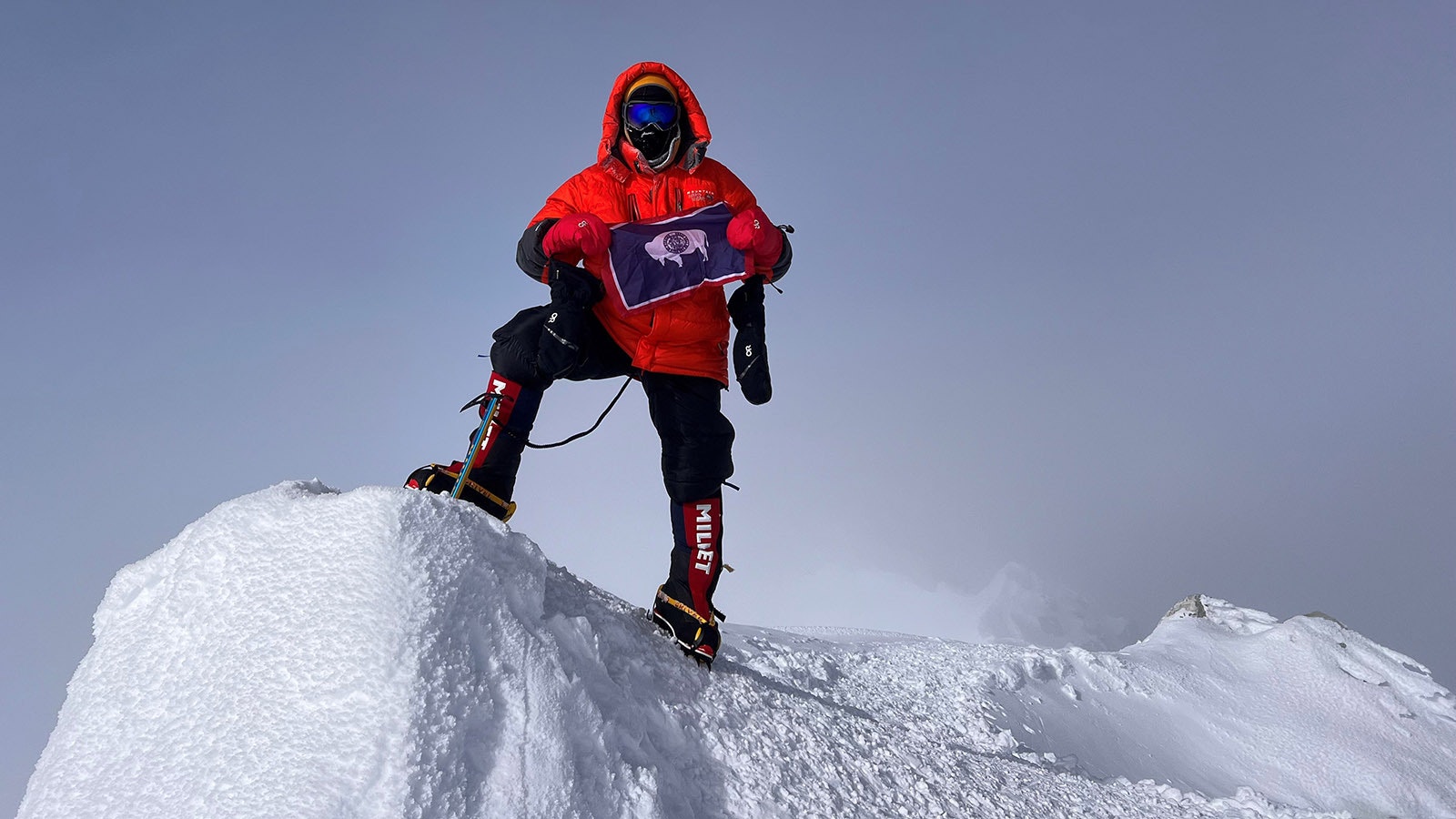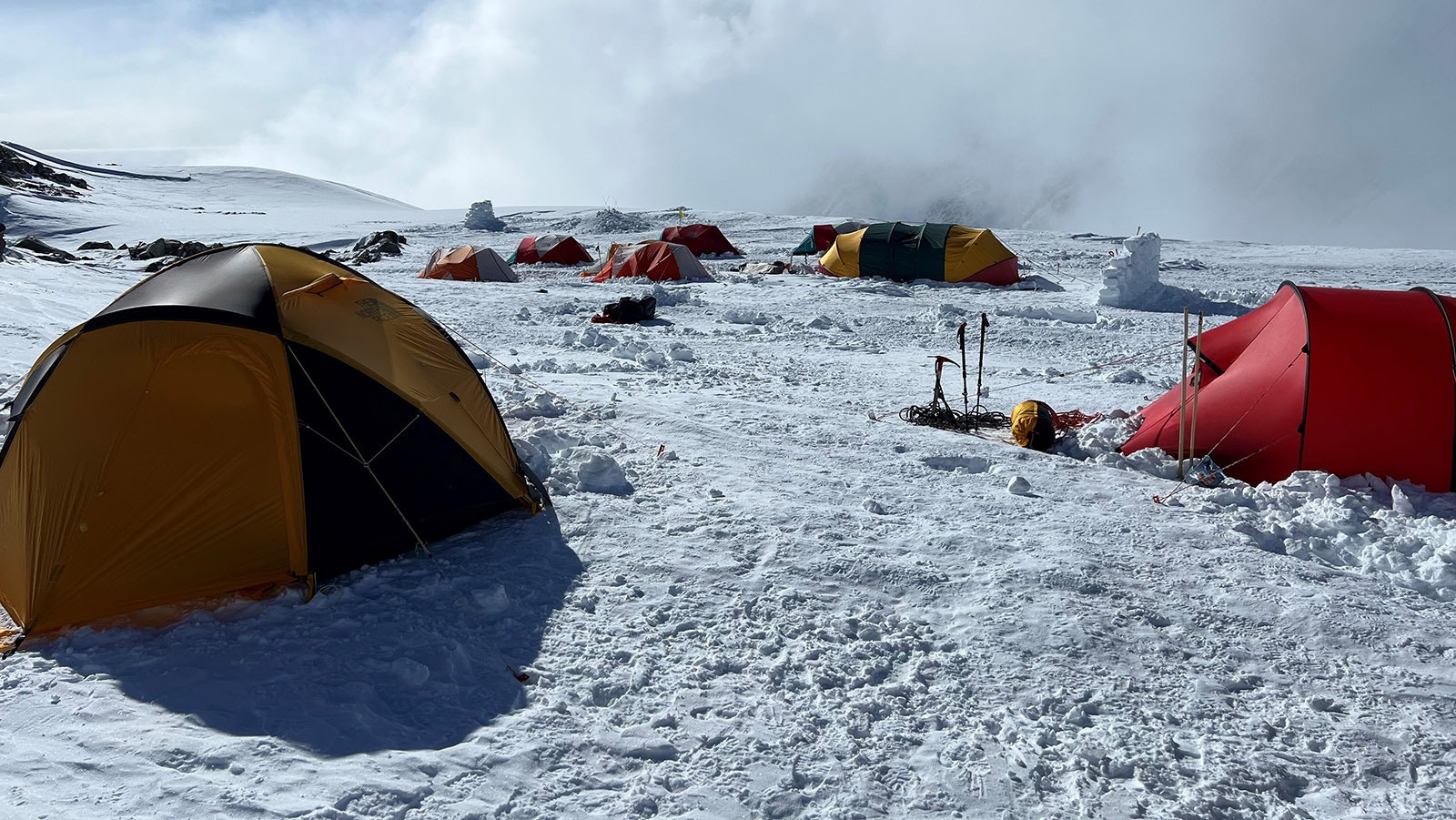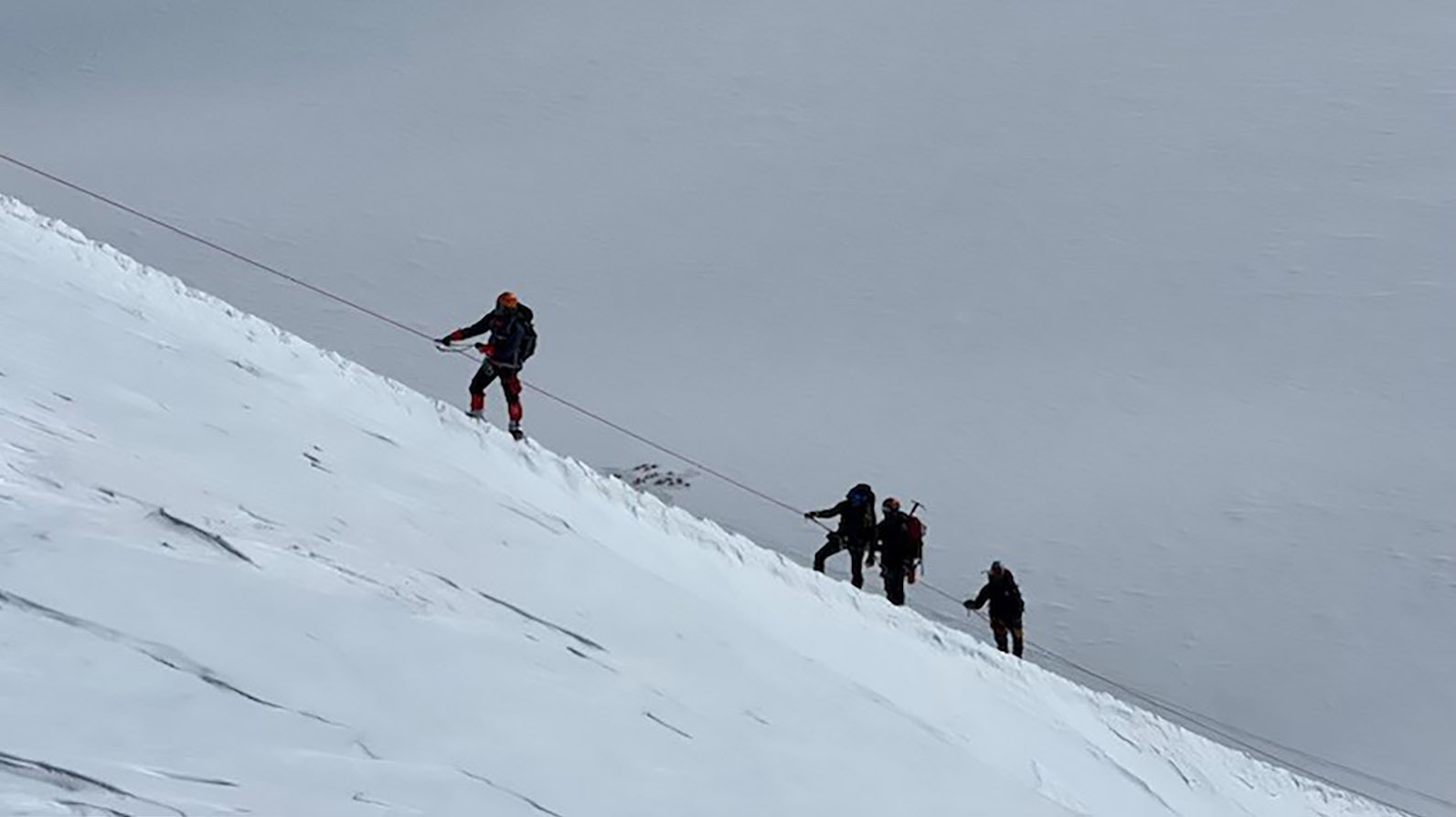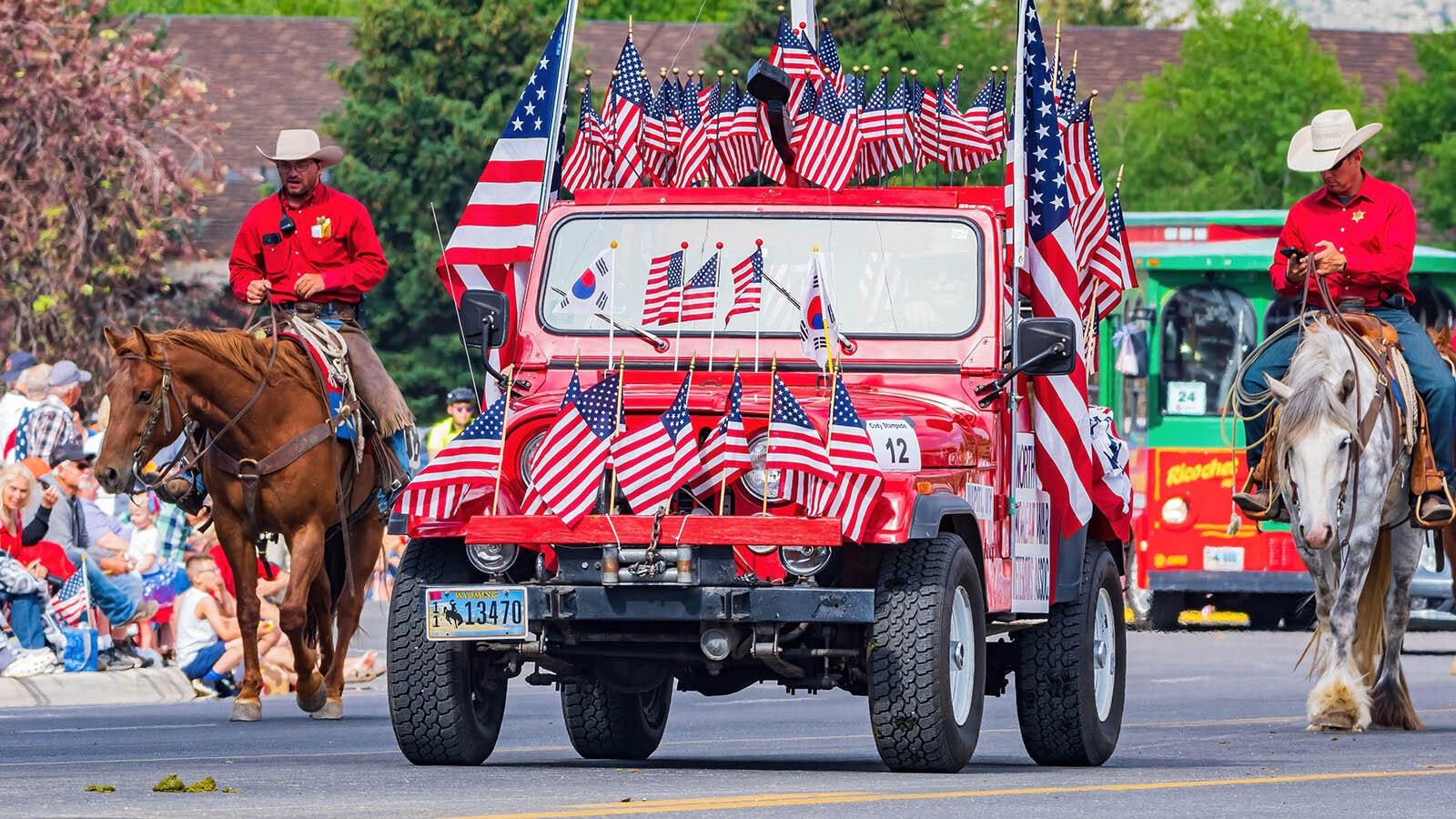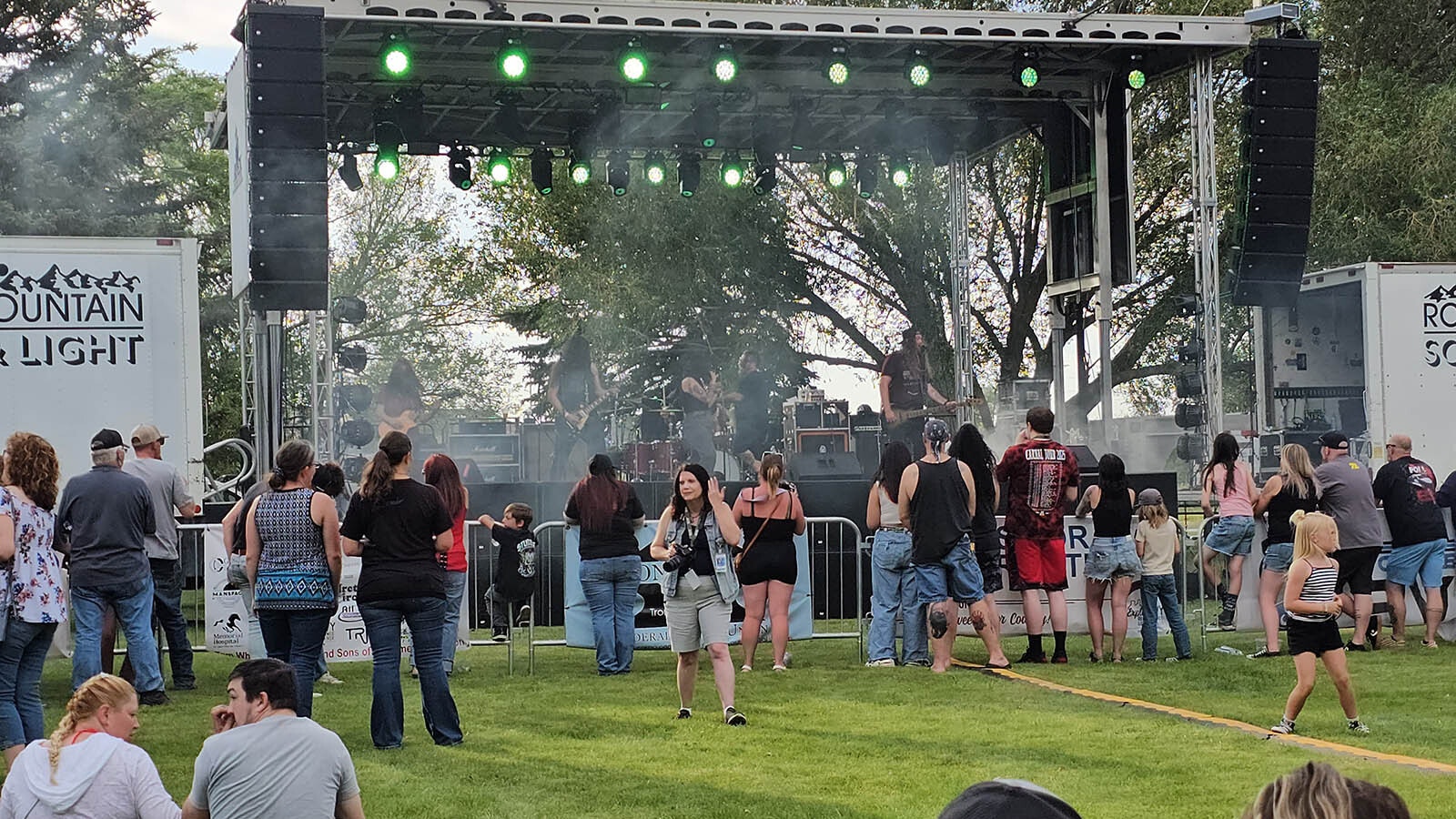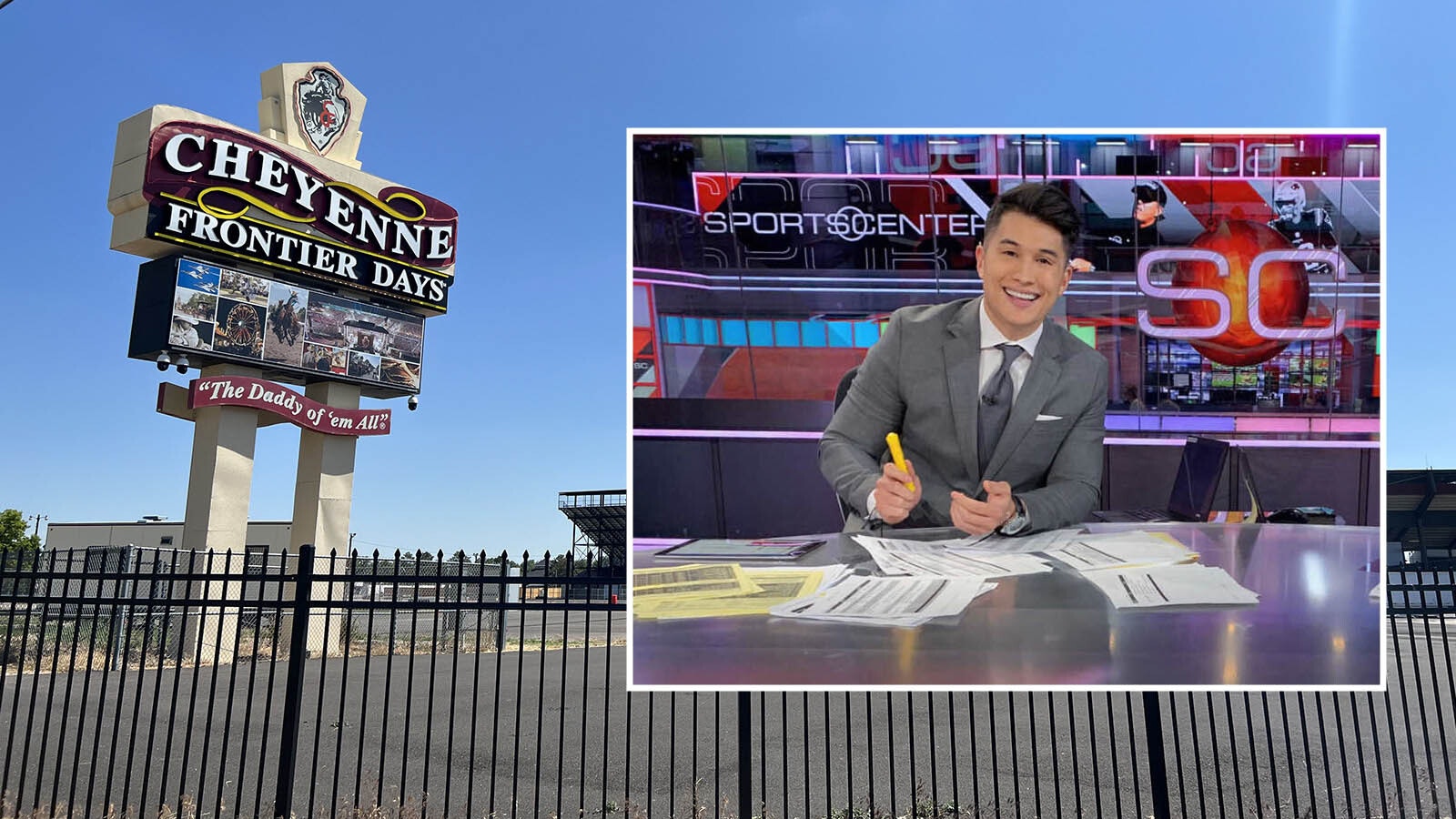Casper mountaineer Dr. Joe McGinley has returned home from Antarctica after climbing Mount Vinson, the continents’ highest peak, to find temperatures similar to what he had just left behind.
“This temperature is probably (similar to) base camp on Mount Vinson,” he told Cowboy State Daily on Monday. “It got colder as we went up the mountain, but yeah, I’m definitely used to it.”
The sports medicine specialist said he’s still processing his latest accomplishment and the beauty and challenges he found at the bottom of the planet. Reaching the summit of Mount Vinson means he’s just one peak shy — Mount Everest — of completing his goal of conquering the tallest peak on each of the planet’s seven continents.
“Our team and guides were incredible. It was great to have a solid team to work with. I am just happy to get that sixth of seven summits,” he said. “None of these are easy layups, every one you really have to be prepared for, fight for.
“Every single day it’s some sort of pain of some sort, that’s just mountain climbing. You have to deal with the adversity, lean on your experience, not make unnecessary mistakes and just always be careful. If you do all that you get rewarded with the summit of these mountains.”
A Different Environment
McGinley said the “pureness” of the environment will be a big part of his takeaway from the adventure that took him from Casper on Dec. 26 to Chile, then Antarctica’s Union Glacier, and then a 7,500-foot base camp before summiting the 16,050-foot peak and back.
“It’s going to be hard to put words to what I was able to see there. Antarctica is just an incredible place,” McGinley said. “I’ve traveled quite a bit for these mountain climbs, and I’ve been in some remote areas, but the beauty of Antarctica is hard to describe, especially inland. Besides snow and ice, there is nothing. There are no living creatures, no bacteria, no animals or penguins. It is one of the purest environments I have ever seen.”
Because the sun is up for 24 hours a day this time of year, he said time and days became disorienting. When it was daytime, the sun would be warmer, and when it went up behind the mountains it was generally night. He said the temperature could be minus 20 degrees Fahrenheit, but because of the sun reflecting off the snow and ice, all one would need to stay warm was a light coat.
While McGinley characterizes Mount Vinson as not being the technical challenge he faced on other peaks, the weather posed its own difficulties and obstacles throughout the trip. First, there was a couple days where weather made it impossible to fly the 45 minutes from the team’s Antarctica landing site at Union Glacier to the mountain base camp.

Union Glacier
During the delay, the team stayed in tents at the Union Glacier community that included tourists on various Antarctic destinations and scientists doing research. There were food tents, a library, showers, restrooms and scientists offering sessions on the history of the exploration of the South Pole, climate change and other issues.
“My first night of 2024 was in a tent on ice in Antarctica, which is just a great experience,” he said.
Once the weather cleared to fly to base camp, the team took off to “the middle of nowhere,” where the team had to be “100% self-sufficient,” McGinley said.
He said the six climbers and two guides on his Alpine Ascents team experienced good weather while climbing to the 9,500-foot “low level” camp with supplies and sleds, and then to the high camp at 13,000 feet elevation.
“The hardest part of those days was trying not to look around. You are doing technical climbing, you have crampons on, you have ropes, but you are in this beautiful place and what you want to do is look around,” he said. “You are on a glacier, you are crossing crevasses, they are not as obvious as Everest and Denali, but they are there.”
The Summit
Summit day from the high camp to the peak was a different story.
McGinley said the forecast initially was “great” with just light winds on the mountain, temperatures around minus 35 with a wind chill around minus 50. The team woke up to blue skies and no clouds or weather that they could see. It would be an eight-hour climb to the top.
“Probably about two hours into the climb the weather changed quickly,” he said. “We got hit with a windstorm that wasn’t supposed to be up there and we got hammered. We had to quickly get into our heavy gear. We were already at risk of frostbite at that time.”
Winds took the windchill to minus 55 or minus 60 degrees. He said that at one point, the team climbed above the storm but the winds continued to “pound” them. The team knew that the summit would be much worse.
“Our guide said, ‘Be prepared for a true Arctic storm,’” McGiley said. “He was right. We got up there and that storm was ferocious. In retrospect, it’s good to experience it as far as the climb goes, but our views from the top were not as pretty. Because of the storm below us, we did not get to see those amazing vistas from the top of Mount Vinson.”
Extreme Frostbite Danger
McGinley said it was so cold at the summit that the guide told them not to take their phones out for photos to prevent frostbite or the freezing of their phones. One team member had a GoPro video camera that kept freezing after about 10 seconds out in the weather. So, the guide did all the photography for the team.
Once accomplishing the summit, McGinley said the most dangerous part became the return. It was eight hours climbing up “with all the adrenalin and excitement,” but then fatigue started to set in.
“We could now see that the storm was going to blow us all the way down into camp,” he said. “Sure enough, as soon as we got off the summit ridge we were in the midst of that storm. Visibility was about 5 feet in front of us and we were getting pummeled by those winds.”
The team persevered. McGinley said survival required them to keep moving to stay warm, as well as staying hydrated and fueled with food for energy. They made it to high camp four hours later, exhausted.
“It was a true, unexpected climbing experience in the Antarctica region,” he said. “I got to feel what a true Arctic storm is like.”
The next morning, they got up early and descended through the “low camp” and picked up sleds and then kept going to base camp to complete another long day.
Preparation Paid Off
Overall, McGinley said he felt well trained and physically up to the rigors.
“I felt great. I was definitely well trained for this climb and with this group, as with every group, there is varying abilities,” he said. “Those of us who are well trained end up doing a little more extra work with the climb just to help out because the team has to succeed to get to the top.”
In addition to Mount Vinson, McGinley has conquered Kilimanjaro in Africa, Mount Elbrus in Europe, Denali in North America, Mount Aconcagua in South America, and the Carstensz Pyramid in Indonesia. His trip to Mount Everest last May was not successful due to the number of climbers on the mountain and safety issues.
So, will Mount Everest be back on his agenda for this May?
“I’m not going to say ‘yes’ or ‘no’ to that. Give me about a week,” McGinley said. “I am going to be doing Everest again, that’s for sure. I’m just looking at timing whether I do it this year, May of 2024, or May of ’25? That’s the main question. And then, which side am I going to come from — the north side through China or the traditional south side through Nepal?”
Dale Killingbeck can be reached at dale@cowboystatedaily.com.

